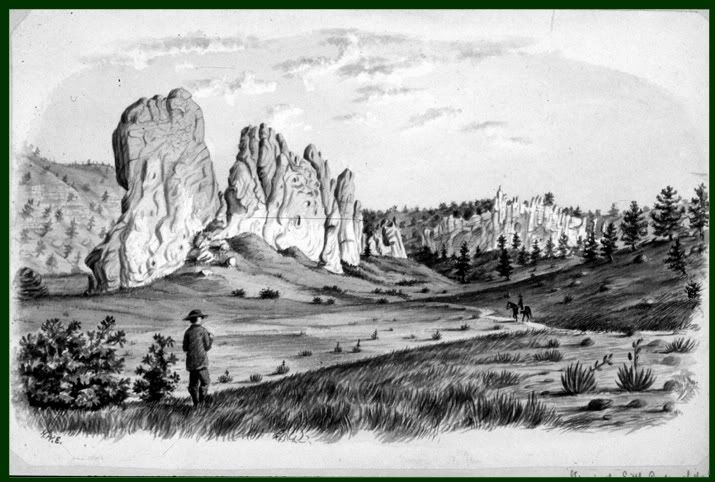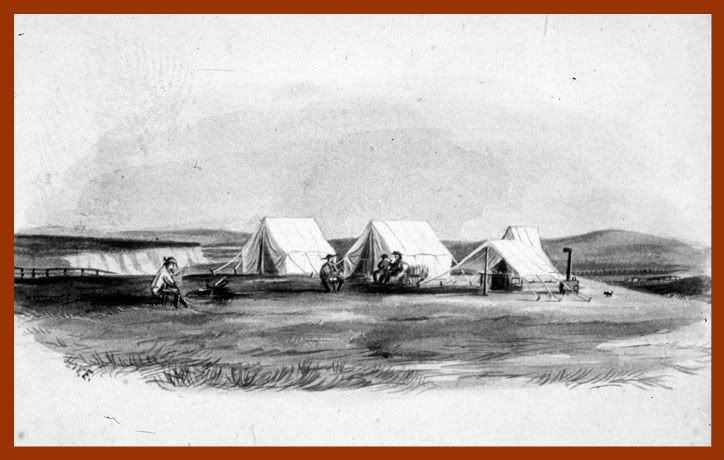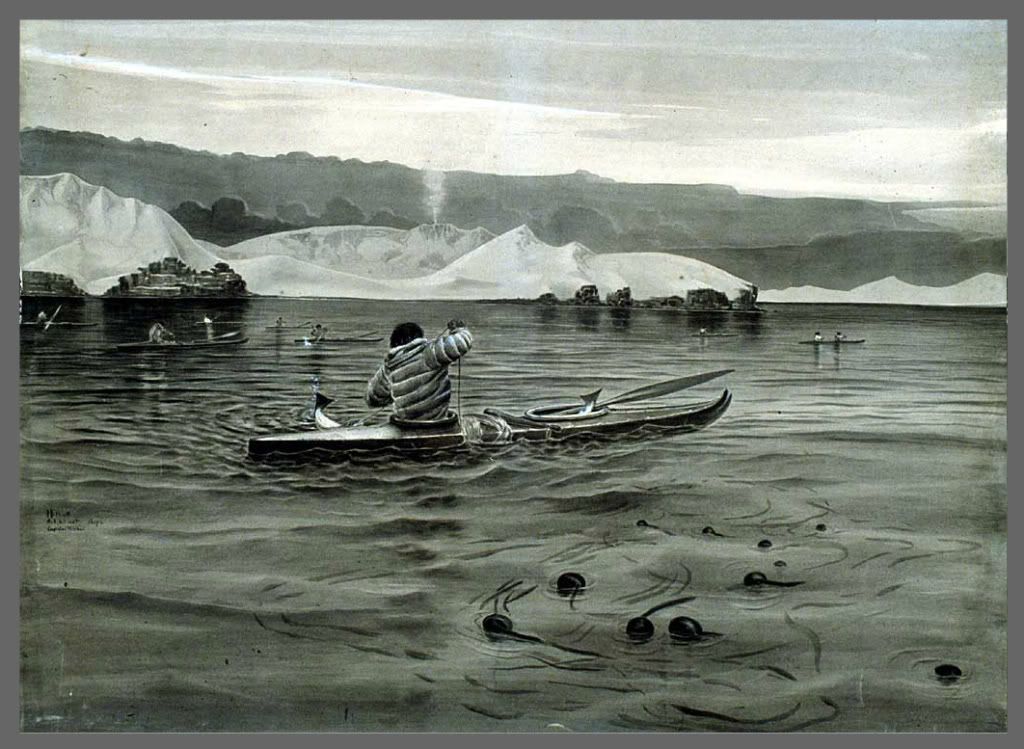1885 Lahore, India: Colonel Creighton, head of the British-India Secret Service receives a report that the Russians are planning an attack on India via the Khyber Pass…where and when they plan on attacking is unknown. With the help of “Red Beard” Mahbub Ali, their top agent who disguises himself as a horse trader; the “Fat Man”; and an orphan English boy named Kim they try to uncover the Russian’s plan before it is too late.
Rudyard Kipling’s thrilling adventure novel “Kim” was brought to the screen in 1950 in brilliant eye-popping Technicolor and boasted a splendid cast with Errol Flynn as the magnificent Red Beard, Cecil Kellaway as the Fat Man, Paul Lukas as the Holy Man ( a Tibetan monk with an unusually strong Austrian accent ), and Dean Stockwell as our boy-hero Kim - a young man who learns how difficult it can be to play the Great Game of spying.
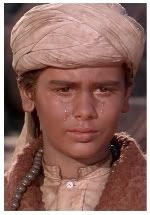

Filmed on location in Rajasthan and Utter Pradash, India ( as well as Lone Pines, California ), the movie gives us a tour of India during the Age of Imperialism, when British troops paraded on grounds outside city walls, and wily dangerous characters lurked in dark corners of crowded sadaks.
The rights to Rudyard Kipling's popular adventure novel were purchased by MGM in the mid-1930s with the intention of casting Freddie Bartholomew in the title role. For unknown reasons, this project was abanoned and not taken up again until the late 1940s.
During this time, Errol Flynn was loaned to MGM from Warner Brothers for two pictures. The first one was "That Forsyte Woman" where opposite Greer Garson he was cast as the unloved Soames Forsyte. His second feature though, was a choice between "King Soloman's Mines" or "Kim". Both were to be filmed on location. Errol opted for India over Africa, and the lead role of Allan Quartermain in "King Solomon's Mines" was turned over to English actor Stewart Granger. In a very enjoyable version of the story too, if I say so meself.
“Kim” on the other hand is a wonderful adventure film – enjoyable for all ages – but alas, it fails to be a truly memorable film, mainly due to its heavy reliance on voice-over narration rather than pictures and dialogue. However, when there is dialogue it is spoken right from the pages of Kipling’s novel and pleasantly plays on the ears in lyrical fashion.
“ You should believe only your eyes…and not the voices of others.”
“ This is a child’s game, Mr.Luzor “
“ It is part of a Great Game “.
Sir Robert Baden-Powell, the famous British Army scout and founder of the Boy Scout movement, would of fully approved of the lessons this film teaches…..key lessons on observation and judging character; always being prepared and aware of one’s surroundings.
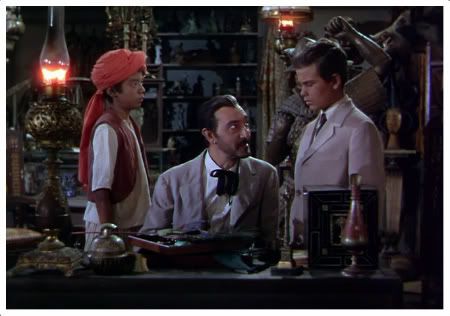
Dean Stockwell is particularly noteworthy as the English sahib living life as an Indian boy. Devoted to his Holy Man, Kim acts as his chelah ( a servant to a monk ) while travelling across India with him in quest of the sacred River of the Arrow. Begging on the streets, climbing across rooftops, cursing passerby’s, and donning a dark tan, he is an unlikely suspect to his enemies and hence...becomes a master player of the Great Game.






